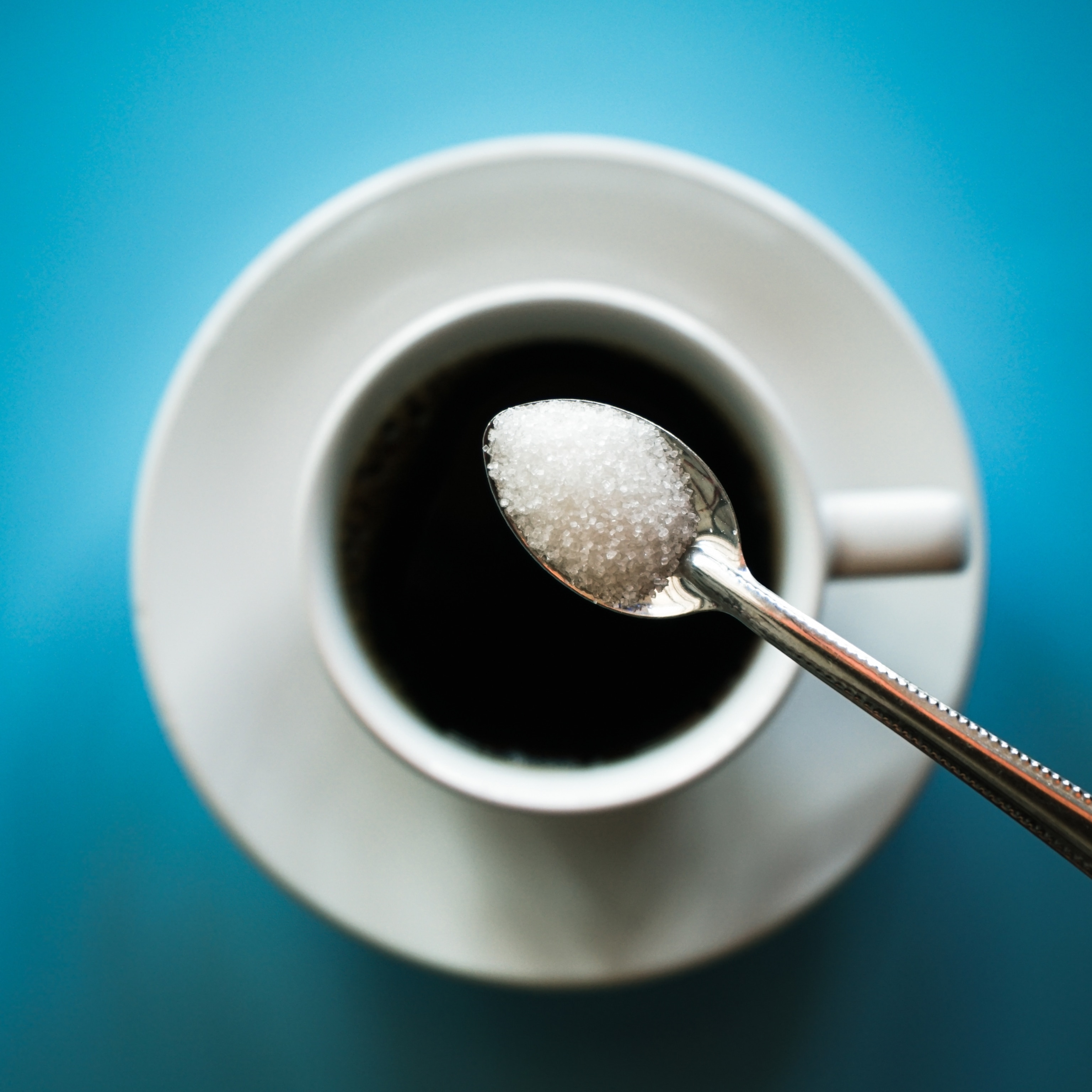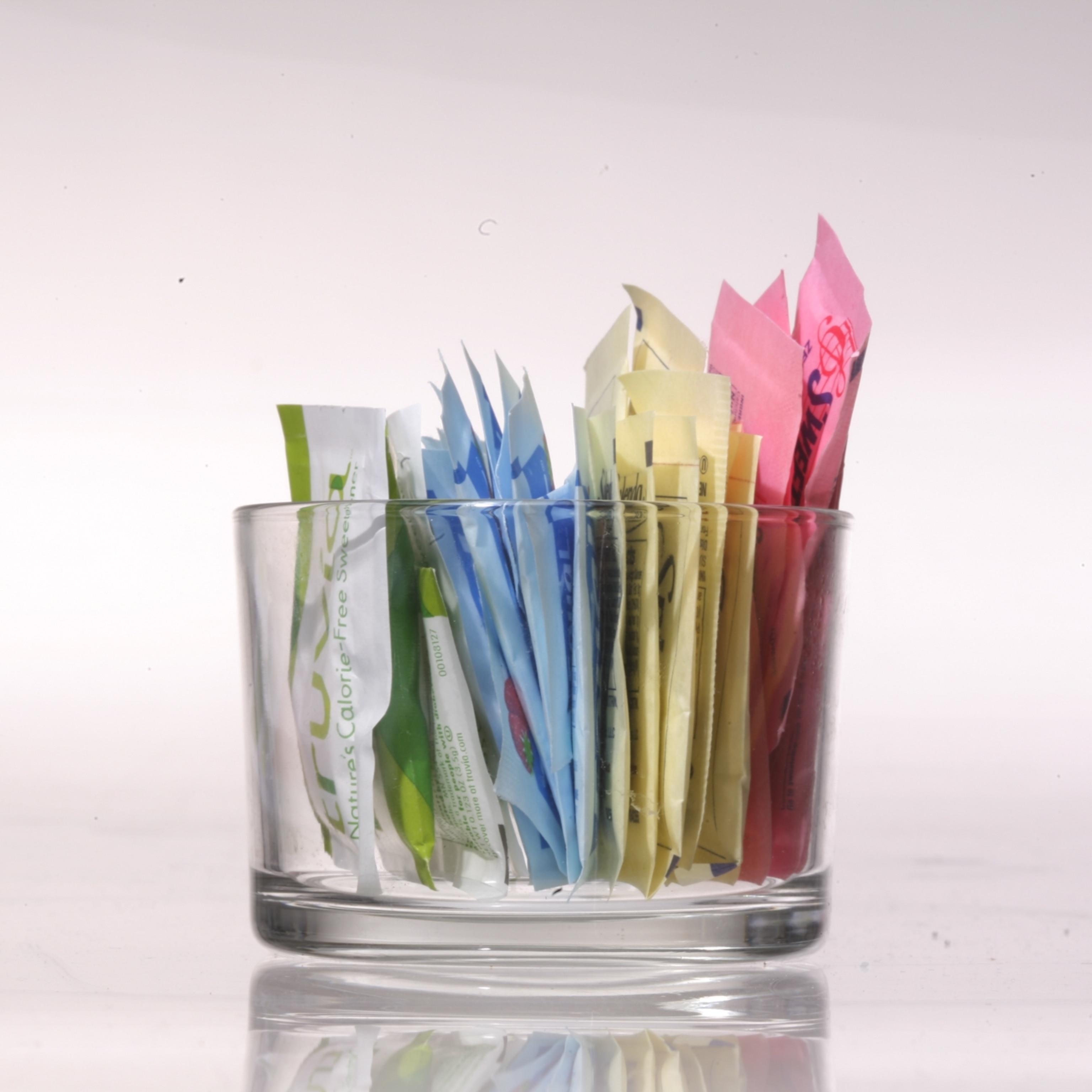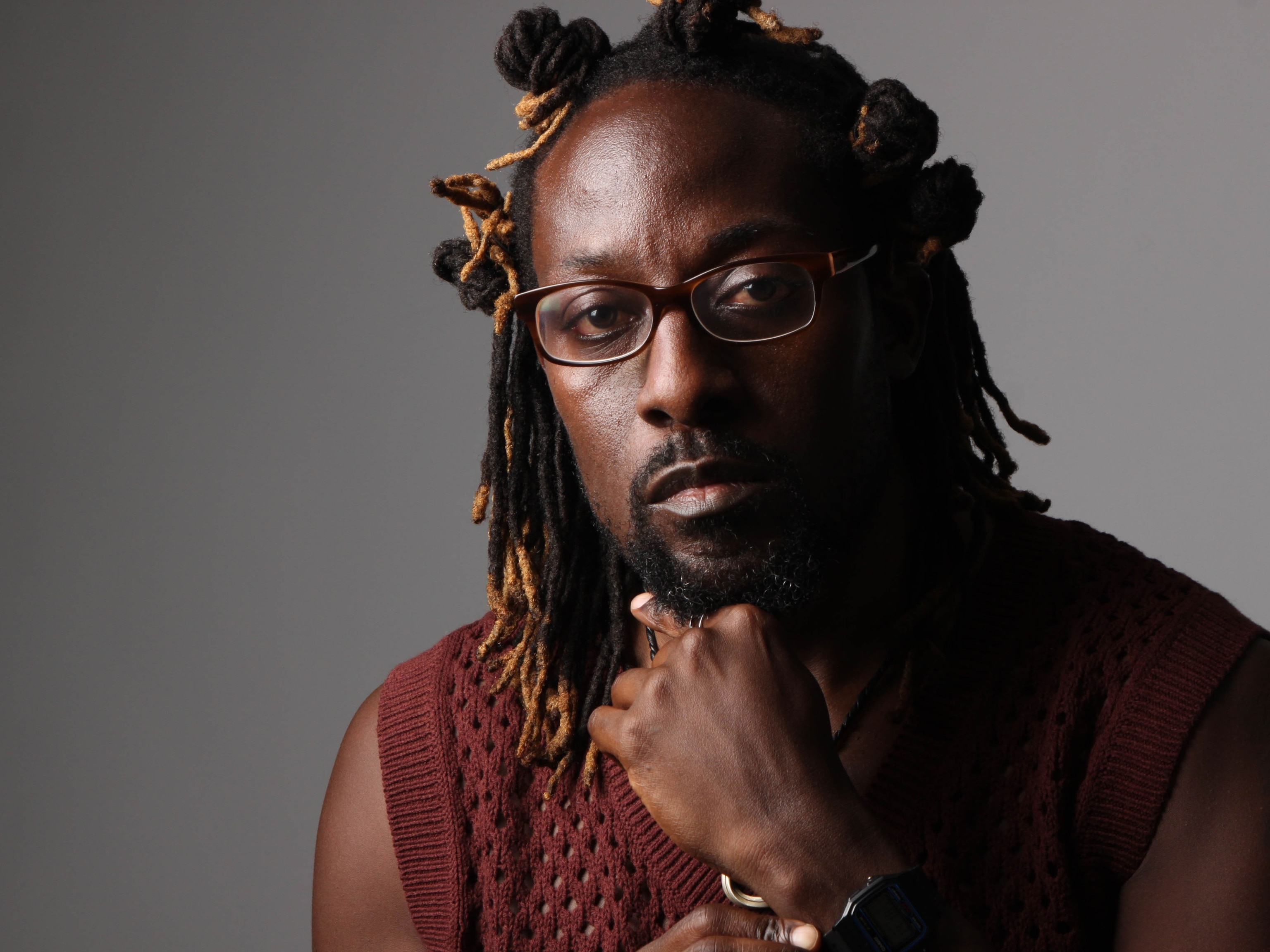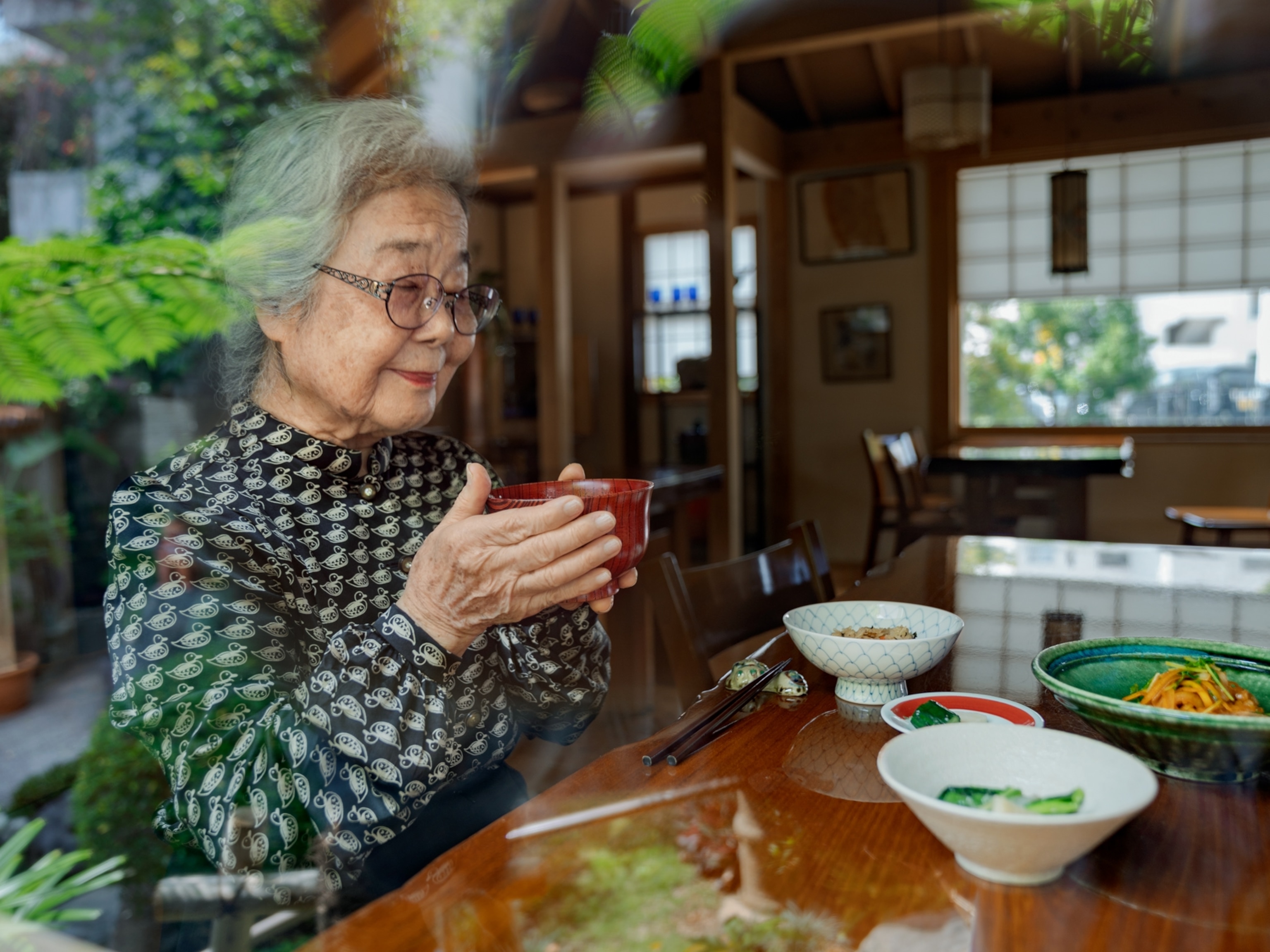Bottom of the Drink
They had to go. The Coke machine, the snack machine, the deep fryer. Hoisted and dragged through the halls and out to the curb, they sat with other trash beneath gray, forlorn skies behind Kirkpatrick Elementary, one of a handful of primary schools in Clarksdale, Mississippi. That was seven years ago, when administrators first recognized the magnitude of the problem. Clarksdale, a storied delta town that gave us the golden age of the Delta blues, its cotton fields and flatlands rolling to the river, its Victorian mansions still beautiful, is at the center of a colossal American health crisis. High rates of obesity, diabetes, high blood pressure, heart disease: the legacy, some experts say, of sugar, a crop that brought the ancestors of most Clarksdale residents to this hemisphere in chains. “We knew we had to do something,” Kirkpatrick principal SuzAnne Walton told me.
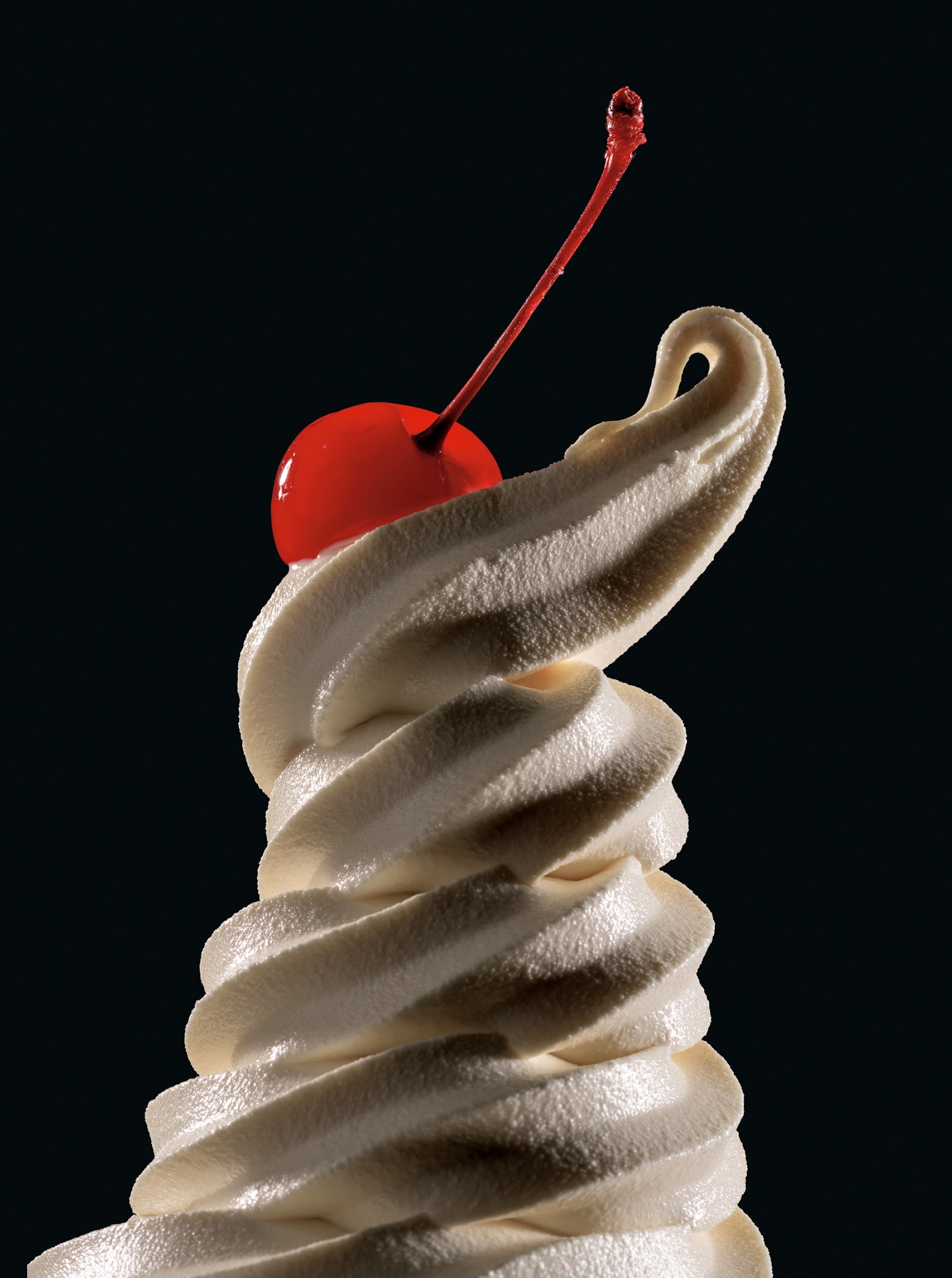
Walton, Clarksdale born and bred, was leading me through the school, discussing ways the faculty is trying to help students—baked instead of fried, fruit instead of candy—most of whom have two meals a day in the lunchroom. She was wearing scrubs—standard Monday dress for teachers, to reinforce the school’s commitment to health and wellness. The student body is 91 percent African American, 7 percent white, “and three Latinos”—the remaining 2 percent. “These kids eat what they’re given, and too often it’s the sweetest, cheapest foods: cakes, creams, candy. It had to change. It was about the students,” she explained.
(The Sticky-Sweet Story of Cotton Candy)
Take, for example, Nicholas Scurlock, who had recently begun his first year at Oakhurst Middle School. Nick, just tall enough to ride the coaster at the bigger amusement parks, had been 135 pounds going into fifth grade. “He was terrified of gym,” Principal Walton told me. “There was trouble running, trouble breathing—the kid had it all.”
“Of course, I’m not one to judge,” Walton added, laughing, slapping her thighs. “I’m a big woman myself.”
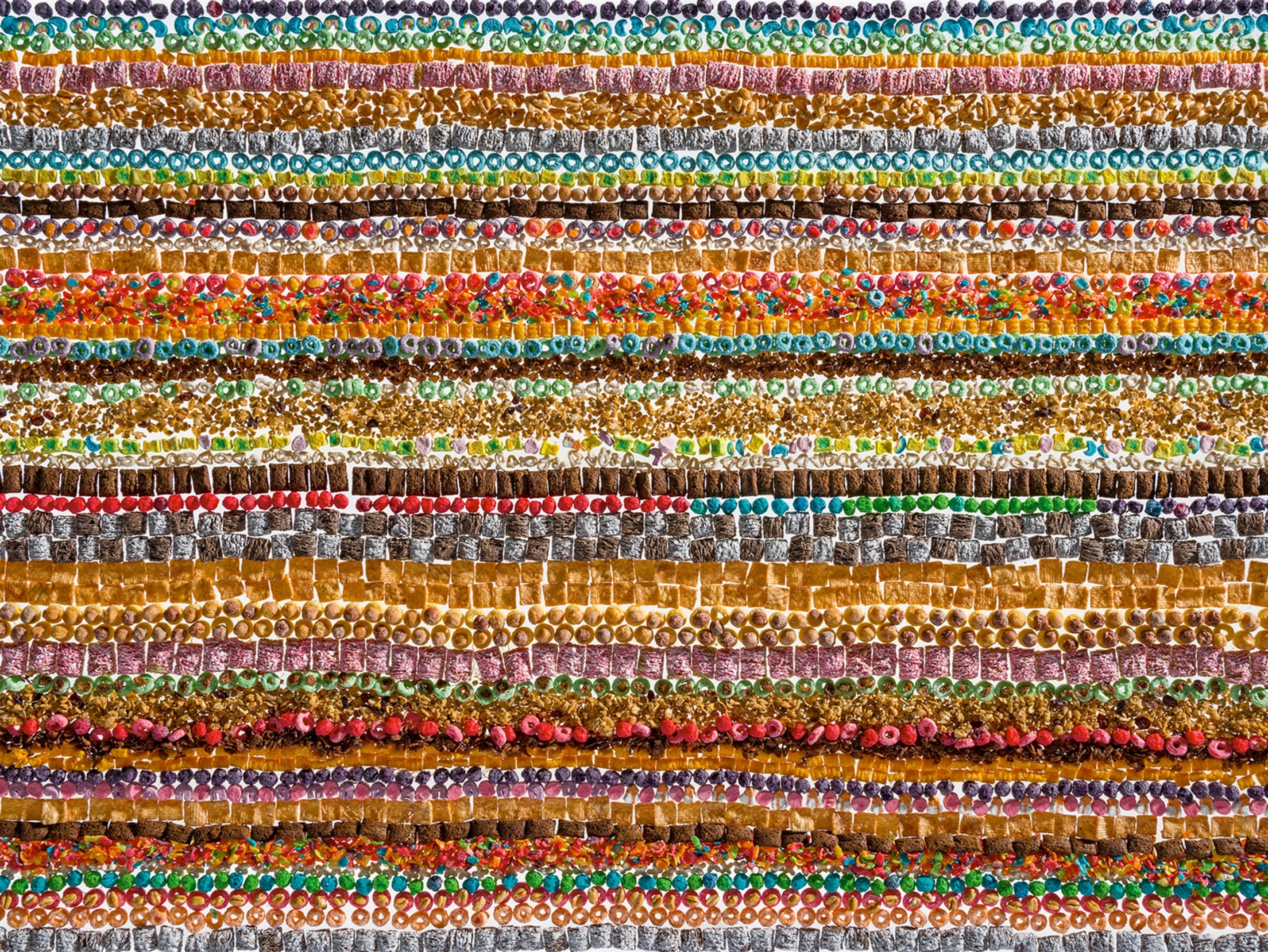
Take a cup of water, add sugar to the brim, let it sit for five hours. When you return, you’ll see that the crystals have settled on the bottom of the glass. Clarksdale, a big town in one of the fattest counties, in the fattest state, in the fattest industrialized nation in the world, is the bottom of the American drink, where the sugar settles in the bodies of kids like Nick Scurlock—the legacy of sweets in the shape of a boy.
Mosques of Marzipan
In the beginning, on the island of New Guinea, where sugarcane was domesticated some 10,000 years ago, people picked cane and ate it raw, chewing a stem until the taste hit their tongue like a starburst. A kind of elixir, a cure for every ailment, an answer for every mood, sugar featured prominently in ancient New Guinean myths. In one the first man makes love to a stalk of cane, yielding the human race. At religious ceremonies priests sipped sugar water from coconut shells, a beverage since replaced in sacred ceremonies with cans of Coke.
Sugar spread slowly from island to island, finally reaching the Asian mainland around 1000 B.C. By A.D. 500 it was being processed into a powder in India and used as a medicine for headaches, stomach flutters, impotence. For years sugar refinement remained a secret science, passed master to apprentice. By 600 the art had spread to Persia, where rulers entertained guests with a plethora of sweets. When Arab armies conquered the region, they carried away the knowledge and love of sugar. It was like throwing paint at a fan: first here, then there, sugar turning up wherever Allah was worshipped. “Wherever they went, the Arabs brought with them sugar, the product and the technology of its production,” writes Sidney Mintz in Sweetness and Power. “Sugar, we are told, followed the Koran.”
Muslim caliphs made a great show of sugar. Marzipan was the rage, ground almonds and sugar sculpted into outlandish concoctions that demonstrated the wealth of the state. A 15th-century writer described an entire marzipan mosque commissioned by a caliph. Marveled at, prayed in, devoured by the poor. The Arabs perfected sugar refinement and turned it into an industry. The work was brutally difficult. The heat of the fields, the flash of the scythes, the smoke of the boiling rooms, the crush of the mills. By 1500, with the demand for sugar surging, the work was considered suitable only for the lowest of laborers. Many of the field hands were prisoners of war, eastern Europeans captured when Muslim and Christian armies clashed.
Perhaps the first Europeans to fall in love with sugar were British and French crusaders who went east to wrest the Holy Land from the infidel. They came home full of visions and stories and memories of sugar. As cane is not at its most productive in temperate climes—it needs tropical, rain-drenched fields to flourish—the first European market was built on a trickle of Muslim trade, and the sugar that reached the West was consumed only by the nobility, so rare it was classified as a spice. But with the spread of the Ottoman Empire in the 1400s, trade with the East became more difficult. To the Western elite who had fallen under sugar’s spell there were few options: deal with the small southern European sugar manufacturers, defeat the Turk, or develop new sources of sugar.
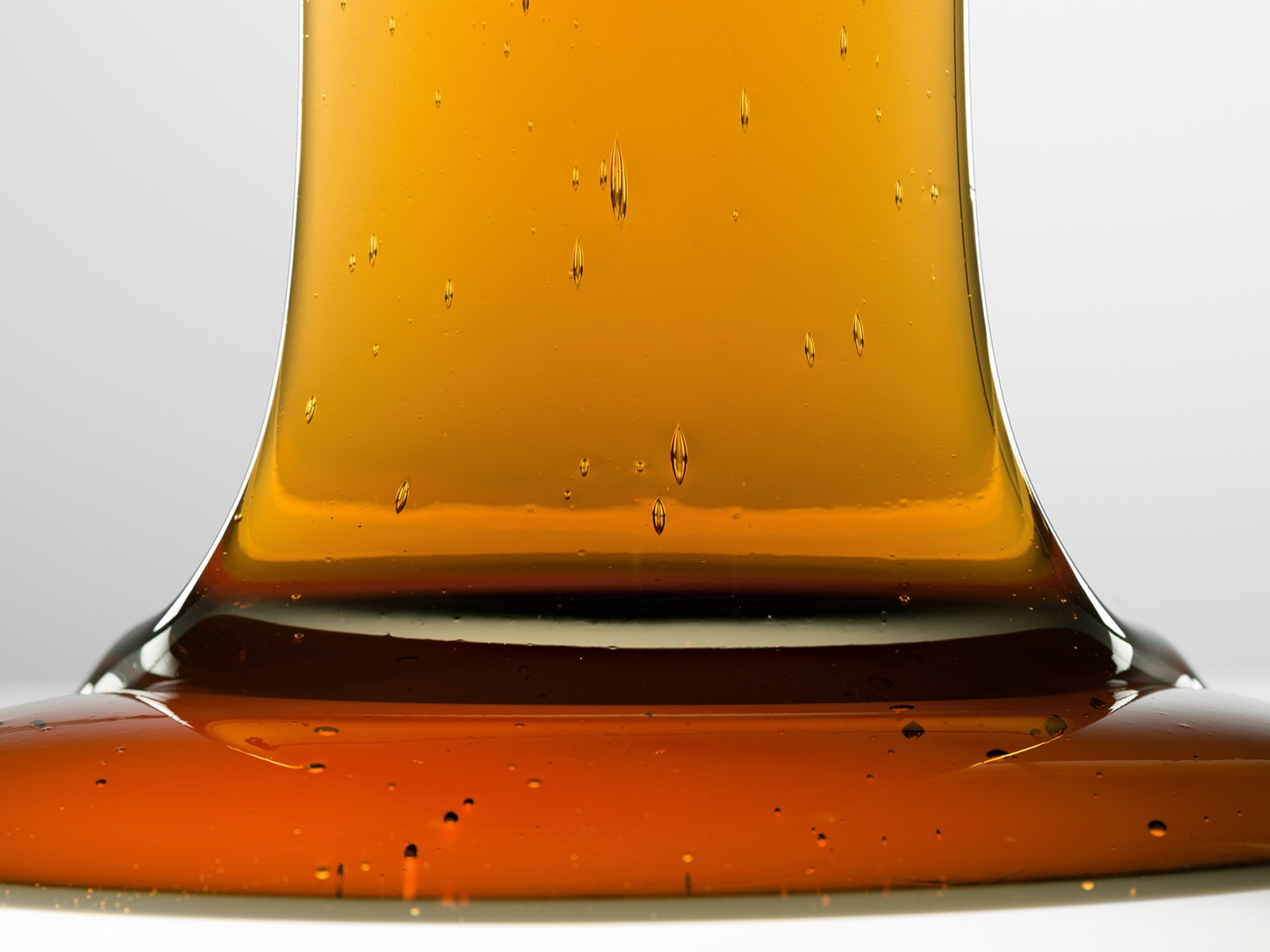
In school they call it the age of exploration, the search for territories and islands that would send Europeans all around the world. In reality it was, to no small degree, a hunt for fields where sugarcane would prosper. In 1425 the Portuguese prince known as Henry the Navigator sent sugarcane to Madeira with an early group of colonists. The crop soon made its way to other newly discovered Atlantic islands—the Cape Verde Islands, the Canaries. In 1493, when Columbus set off on his second voyage to the New World, he too carried cane. Thus dawned the age of big sugar, of Caribbean islands and slave plantations, leading, in time, to great smoky refineries on the outskirts of glass cities, to mass consumption, fat kids, obese parents, and men in XXL tracksuits trundling along in electric carts.
Slaves to Sugar
Columbus planted the New World’s first sugarcane in Hispaniola, the site, not coincidentally, of the great slave revolt a few hundred years later. Within decades mills marked the heights in Jamaica and Cuba, where rain forest had been cleared and the native population eliminated by disease or war, or enslaved. The Portuguese created the most effective model, making Brazil into an early boom colony, with more than 100,000 slaves churning out tons of sugar.
As more cane was planted, the price of the product fell. As the price fell, demand increased. Economists call it a virtuous cycle—not a phrase you would use if you happened to be on the wrong side of the equation. In the mid-17th century sugar began to change from a luxury spice, classed with nutmeg and cardamom, to a staple, first for the middle class, then for the poor.
By the 18th century the marriage of sugar and slavery was complete. Every few years a new island—Puerto Rico, Trinidad—was colonized, cleared, and planted. When the natives died, the planters replaced them with African slaves. After the crop was harvested and milled, it was piled in the holds of ships and carried to London, Amsterdam, Paris, where it was traded for finished goods, which were brought to the west coast of Africa and traded for more slaves. The bloody side of this “triangular trade,” during which millions of Africans died, was known as the Middle Passage. Until the slave trade was banned in Britain in 1807, more than 11 million Africans were shipped to the New World—more than half ending up on sugar plantations. According to Trinidadian politician and historian Eric Williams, “Slavery was not born of racism; rather, racism was the consequence of slavery.” Africans, in other words, were not enslaved because they were seen as inferior; they were seen as inferior to justify the enslavement required for the prosperity of the early sugar trade.
The original British sugar island was Barbados. Deserted when a British captain found it on May 14, 1625, the island was soon filled with grinding mills, plantation houses, and shanties. Tobacco and cotton were grown in the early years, but cane quickly overtook the island, as it did wherever it was planted in the Caribbean. Within a century the fields were depleted, the water table sapped. By then the most ambitious planters had left Barbados in search of the next island to exploit. By 1720 Jamaica had captured the sugar crown.
For an African, life on these islands was hell. Throughout the Caribbean millions died in the fields and pressing houses or while trying to escape. Gradually the sin of the trade began to be felt in Europe. Reformers preached abolition; housewives boycotted slave-grown cane. In Sugar: A Bittersweet History Elizabeth Abbott quotes Quaker leader William Fox, who told a crowd that for every pound of sugar, “we may be considered as consuming two ounces of human flesh.” A slave in Voltaire’s Candide, missing both a hand and a leg, explains his mutilation: “When we work in the sugar mills and we catch our finger in the millstone, they cut off our hand; when we try to run away, they cut off a leg; both things have happened to me. It is at this price that you eat sugar in Europe.”
And yet there was no stopping the boom. Sugar was the oil of its day. The more you tasted, the more you wanted. In 1700 the average Englishman consumed 4 pounds a year. In 1800 the common man ate 18 pounds of sugar. In 1870 that same sweet-toothed bloke was eating 47 pounds annually. Was he satisfied? Of course not! By 1900 he was up to 100 pounds a year. In that span of 30 years, world production of cane and beet sugar exploded from 2.8 million tons a year to 13 million plus. Today the average American consumes 77 pounds of added sugar annually, or more than 22 teaspoons of added sugar a day.
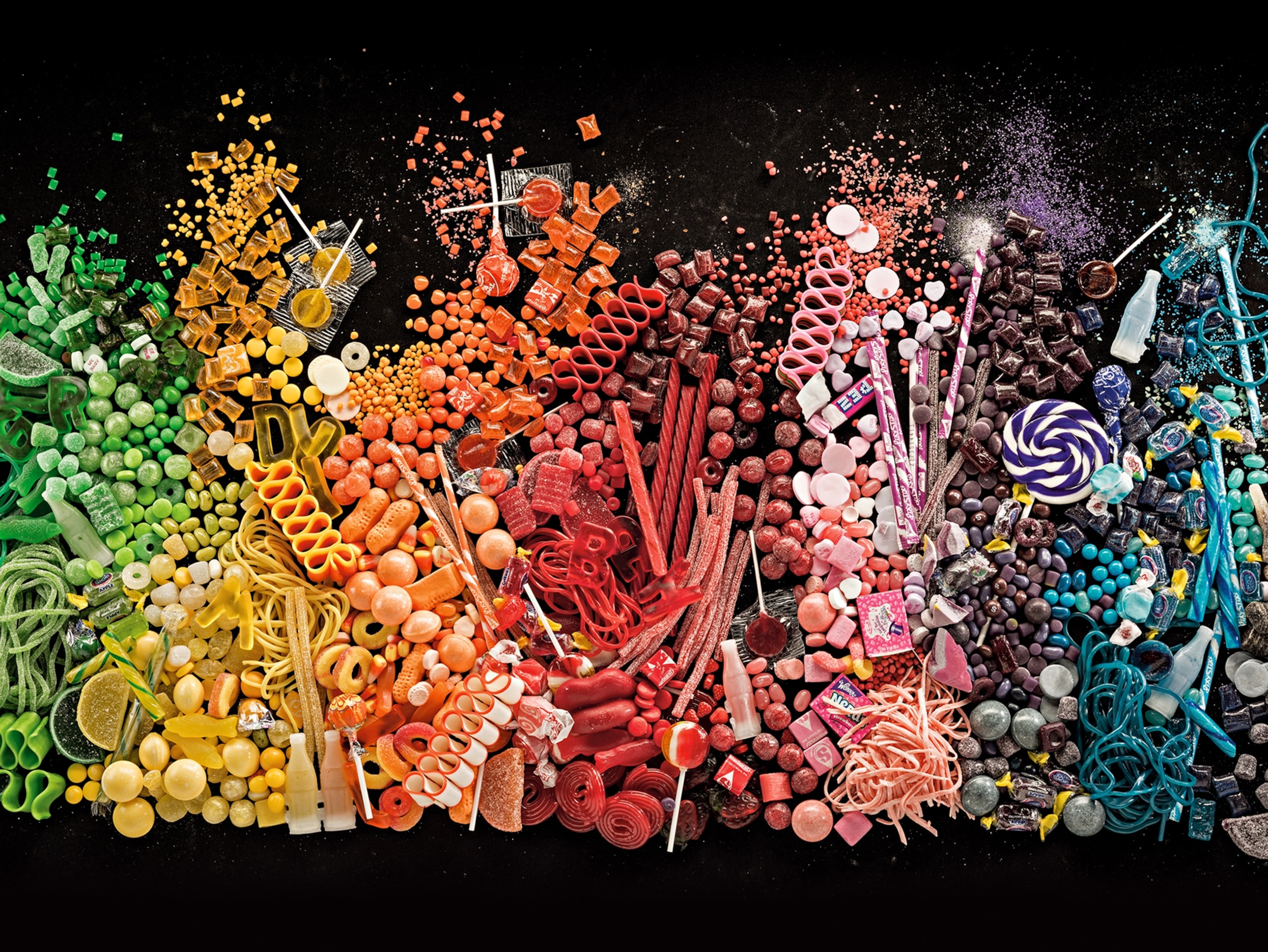
If you go to Barbados today, you can see the legacies of sugar: the ruined mills, their wooden blades turning in the wind, marking time; the faded mansions; the roads that rise and fall but never lose sight of the sea; the hotels where the tourists are filled with jam and rum; and those few factories where the cane is still heaved into the presses, and the raw sugar, sticky sweet, is sent down the chutes. Standing in a refinery, as men in hard hats rushed around me, I read a handwritten sign: a prayer beseeching the Lord to grant them the wisdom, protection, and strength to bring in the crop.
The Culprit
“It seems like every time I study an illness and trace a path to the first cause, I find my way back to sugar.”
Richard Johnson, a nephrologist at the University of Colorado Denver, was talking to me in his office in Aurora, Colorado, the Rockies crowding the horizon. He’s a big man with eyes that sparkle when he talks. “Why is it that one-third of adults [worldwide] have high blood pressure, when in 1900 only 5 percent had high blood pressure?” he asked. “Why did 153 million people have diabetes in 1980, and now we’re up to 347 million? Why are more and more Americans obese? Sugar, we believe, is one of the culprits, if not the major culprit.”
As far back as 1675, when western Europe was experiencing its first sugar boom, Thomas Willis, a physician and founding member of Britain’s Royal Society, noted that the urine of people afflicted with diabetes tasted “wonderfully sweet, as if it were imbued with honey or sugar.” Two hundred and fifty years later Haven Emerson at Columbia University pointed out that a remarkable increase in deaths from diabetes between 1900 and 1920 corresponded with an increase in sugar consumption. And in the 1960s the British nutrition expert John Yudkin conducted a series of experiments on animals and people showing that high amounts of sugar in the diet led to high levels of fat and insulin in the blood—risk factors for heart disease and diabetes. But Yudkin’s message was drowned out by a chorus of other scientists blaming the rising rates of obesity and heart disease instead on cholesterol caused by too much saturated fat in the diet.
As a result, fat makes up a smaller portion of the American diet than it did 20 years ago. Yet the portion of America that is obese has only grown larger. The primary reason, says Johnson, along with other experts, is sugar, and in particular fructose. Sucrose, or table sugar, is composed of equal amounts of glucose and fructose, the latter being the kind of sugar you find naturally in fruit. It’s also what gives table sugar its yummy sweetness. (High-fructose corn syrup, or HFCS, is also a mix of fructose and glucose—about 55 percent and 45 percent in soft drinks. The impact on health of sucrose and HFCS appears to be similar.) Johnson explained to me that although glucose is metabolized by cells all through your body, fructose is processed primarily in the liver. If you eat too much in quickly digested forms like soft drinks and candy, your liver breaks down the fructose and produces fats called triglycerides.
Some of these fats stay in the liver, which over long exposure can turn fatty and dysfunctional. But a lot of the triglycerides are pushed out into the blood too. Over time, blood pressure goes up, and tissues become progressively more resistant to insulin. The pancreas responds by pouring out more insulin, trying to keep things in check. Eventually a condition known as metabolic syndrome kicks in, characterized by obesity, especially around the waist; high blood pressure; and other metabolic changes that, if not checked, can lead to type 2 diabetes, with a heightened danger of heart attack thrown in for good measure. As much as a third of the American adult population could meet the criteria for metabolic syndrome set by the National Institutes of Health.
Recently the American Heart Association added its voice to the warnings against too much added sugar in the diet. But its rationale is that sugar provides calories with no nutritional benefit. According to Johnson and his colleagues, this misses the point. Excessive sugar isn’t just empty calories; it’s toxic.
“It has nothing to do with its calories,” says endocrinologist Robert Lustig of the University of California, San Francisco. “Sugar is a poison by itself when consumed at high doses.”
Johnson summed up the conventional wisdom this way: Americans are fat because they eat too much and exercise too little. But they eat too much and exercise too little because they’re addicted to sugar, which not only makes them fatter but, after the initial sugar rush, also saps their energy, beaching them on the couch. “The reason you’re watching TV is not because TV is so good,” he said, “but because you have no energy to exercise, because you’re eating too much sugar.”
The solution? Stop eating so much sugar. When people cut back, many of the ill effects disappear. The trouble is, in today’s world it’s extremely difficult to avoid sugar, which is one reason for the spike in consumption. Manufacturers use sugar to replace taste in foods bled of fat so that they seem more healthful, such as fat-free baked goods, which often contain large quantities of added sugar.

It’s a worst-case scenario: You sicken unto death not by eating foods you love, but by eating foods you hate—because you don’t want to sicken unto death.
In the Beginning Was the Fruit
If sugar is so bad for us, why do we crave it? The short answer is that an injection of sugar into the bloodstream stimulates the same pleasure centers of the brain that respond to heroin and cocaine. All tasty foods do this to some extent—that’s why they’re tasty!—but sugar has a sharply pronounced effect. In this sense it is literally an addictive drug.
This raises the question, however, of why our brains would evolve to respond pleasurably to a potentially toxic compound. The answer, Johnson told me, lies deep in our simian past, when a craving for fructose would be just the thing our ancestors needed to survive.
I paraphrase Johnson in a voice borrowed from the fables, for what are even the best theories, if not the old stories told again in the language of science? Some 22 million years ago, so far back it might as well be the beginning, apes filled the canopy of the African rain forest. They survived on the fruit of the trees, sweet with natural sugar, which they ate year-round—a summer without end.
One day, perhaps five million years later, a cold wind blew through this Eden. The seas receded, the ice caps expanded. A spit of land emerged from the tides, a bridge that a few adventurous apes followed out of Africa. Nomads, wanderers, they settled in the rain forests that blanketed Eurasia. But the cooling continued, replacing tropical groves of fruit with deciduous forests, where the leaves flame in autumn, then die. A time of famine followed. The woods filled with starving apes. “At some point a mutation occurred in one of those apes,” Johnson explained. It made that ape a wildly efficient processor of fructose. Even small amounts were stored as fat, a huge survival advantage in months when winter lay upon the land and food was scarce.
Then one day that ape, with its mutant gene and healthy craving for rare, precious fruit sugar, returned to its home in Africa and begot the apes we see today, including the one that has spread its sugar-loving progeny across the globe. “The mutation was such a powerful survival factor that only animals that had it survived,” Johnson said, “so today all apes have that mutation, including humans. It got our ancestors through the lean years. But when sugar hit the West in a big way, we had a big problem. Our world is flooded with fructose, but our bodies have evolved to get by on very, very little of it.”

It’s a great irony: The very thing that saved us could kill us in the end.
The Healthy Chef
Though just 11, Nick Scurlock is a perfect stand-in for the average American in the age of sugar. Hyperefficient at turning to fat the fructose the adman and candy clerk pump into his liver at a low, low price. One hundred thirty-five pounds in fifth grade, in love with the sweet poison endangering his life. Sitting in the lunchroom, he smiled and asked, “Why are the good things so bad for you?”
But this story is less about temptation than about power. At its best, the school can help kids make better decisions. A few years ago Pop-Tarts and pizza were served at Kirkpatrick. Now, across the district, menus have improved. The school has a garden that grows food for the community, a walking track for students and the public, and a new playground.
In a sense the struggle in Clarksdale is just another front in the continuing battle between the sugar barons and the cane cutters. “It’s a tragedy that hits the poor much harder than it does the rich,” Johnson told me. “If you’re wealthy and want to have fun, you go on vacation, travel to Hawaii, treat yourself to things. But if you’re poor and want to celebrate, you go down to the corner and buy an ice-cream cake.”
When I asked Nick what he wanted to be when he grew up, he said, “A chef.” Then he thought a moment, looked at his mom, and corrected himself. “A healthy chef,” he said.


